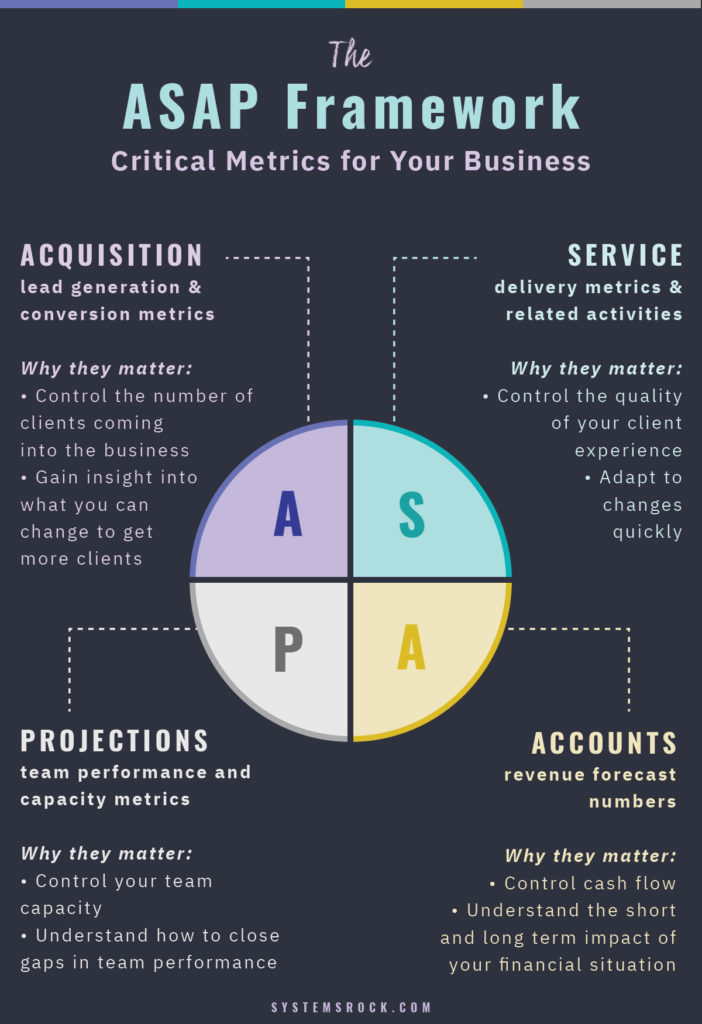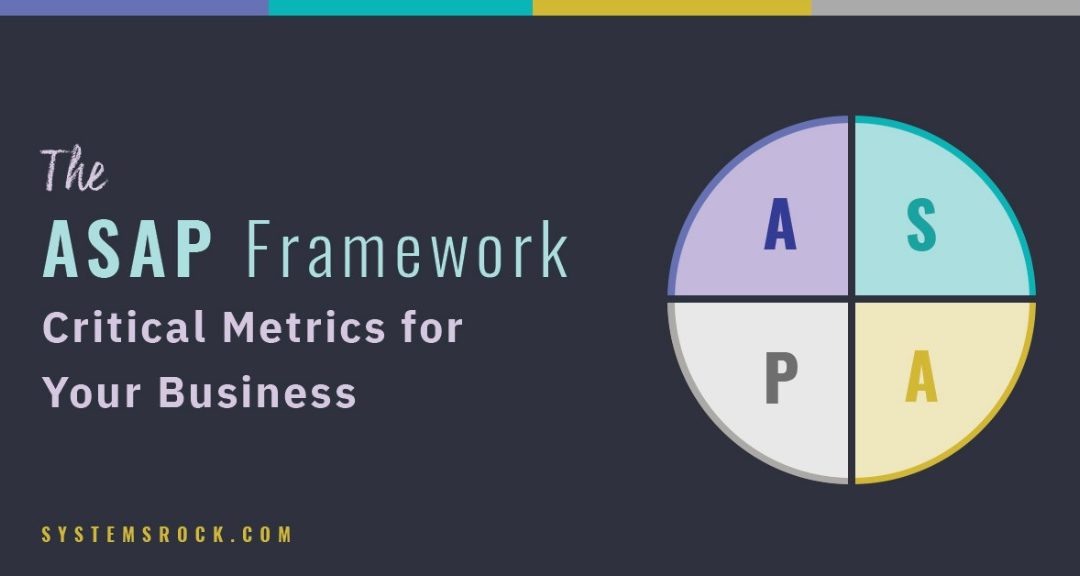Years ago, I got into systems out of pure desperation.
Even the word “systems” was deeply alienating—it evokes images of large teams and things like conveyor belts.
But I soon realized that without systems my business wouldn’t survive. I wouldn’t survive.
It’s painful to remember those early stages. I felt overwhelmed by learning how to run an online business while taking care of a 9-month old, running a household, adjusting to a new country, and learning its language.
I kept listening to the interviews with the founders of more mature businesses to try to understand what their secrets were. The word “systems” would come up pretty regularly, but I kept dismissing it because, you know, conveyor belts.
It was an interview with Laura Roeder that changed everything for me. In an interview with Mixergy, Laura explains that a “system” could be as simple as a checklist of what needs to happen.
It was such a huge revelation!
After a few weeks of learning how to create what I now know to be a simple, personalized “system,” and putting what I had learned into practice, I was completely sold.
That’s when I closed my struggling marketing consultancy and founded SystemsRock. (Only to realize that now I have to explain what “systems” are for the rest of my life). 😉
Since then we’ve created or helped our clients to create countless systems.
Then one day a client came to us with a challenge: they had 30 book coaches who were guiding a few more than 150 writers through their Author Accelerator coaching programs. Because of their incredible results, the demand for the Author Accelerator programs was constantly growing.
The problem was that the process of matching writers and coaches was very slow and stressful. The team needed to manually check everyone’s profile and eliminate possibilities one-by-one when the criteria did not match.
Then, they would become the middleman between coaches and writers to work out more delicate details, like personal preferences and availability. On top of that, the Author Accelerator team also spent time juggling information across five different platforms.
To remedy the situation and create a new setup that would accommodate rapid growth, we brought Author Accelerator’s information into a single platform that allowed the team to easily reference and match data about coaches and writers.
It was transformational. And not only for our client, who in the following 10 months upped their revenue by 85% and increased the number of clients they are working with by 250%. It was transformational for us as well. We never looked at dashboards the same way again.
Just as with “systems” all those years ago, I realized that taking control of metrics and implementing KPI dashboards are a must for smaller businesses, too.
Before that moment of realization, I deceived myself into thinking that since I had access to my numbers, I had what I needed. (Never mind that I spent precious time switching from one software platform or spreadsheet to another to get what I needed).
An even bigger problem was that I was reviewing all those numbers in isolation. Each set of numbers would tell me a story, but would never give me the big picture or reveal trends in relation to the rest of my business.
The more we played with our own dashboards and the dashboards we were creating for our clients, the clearer it became to me that criticalbusiness metrics fall into four categories:
- Acquisition – lead generation & conversion metrics
- Service – service delivery metrics and related activities
- Accounts – revenue forecast numbers
- Projections – team performance and capacity metrics
The ASAP framework was born!

I am excited to share with you the ASAP layers of our dashboard and how they look.
So if you’re curious, check out my next few posts:


